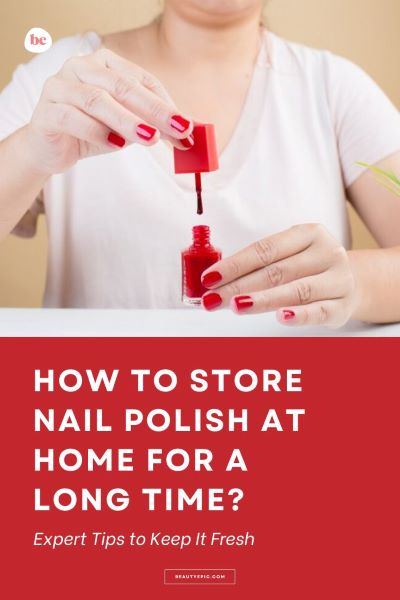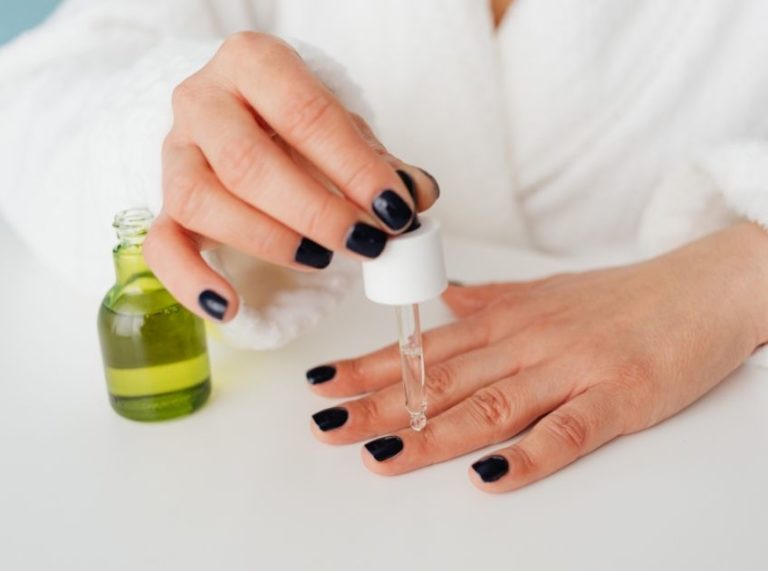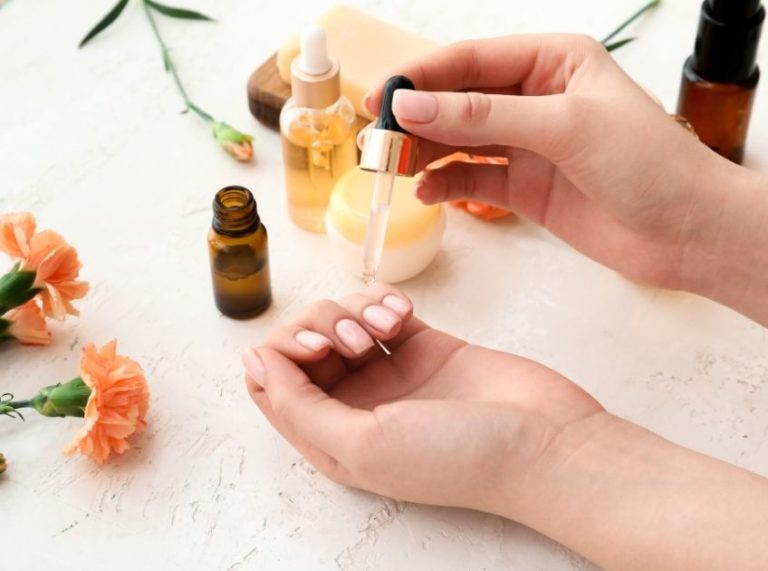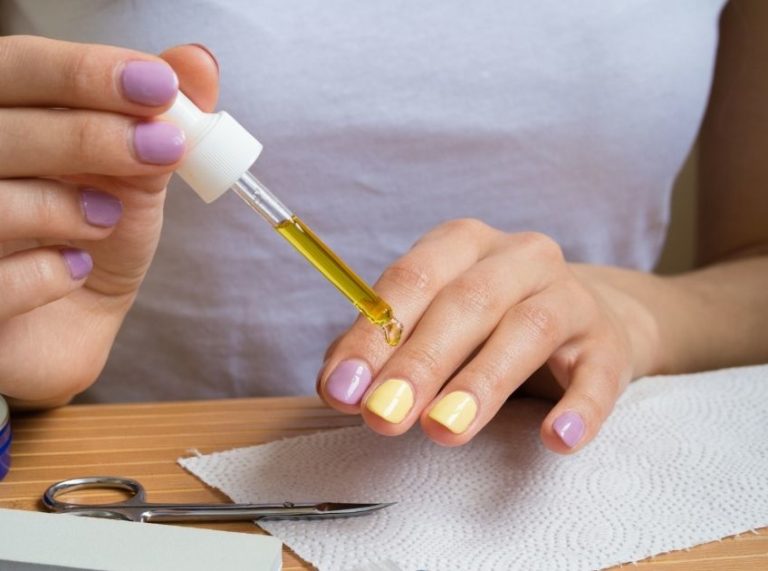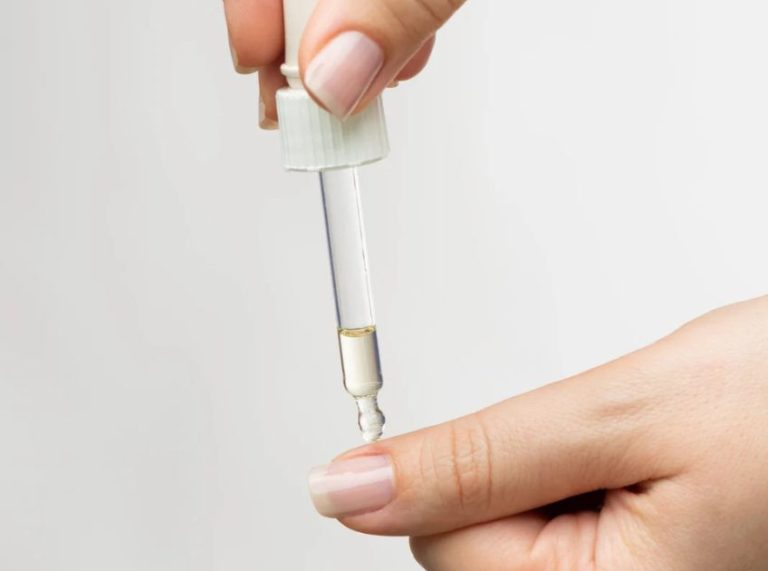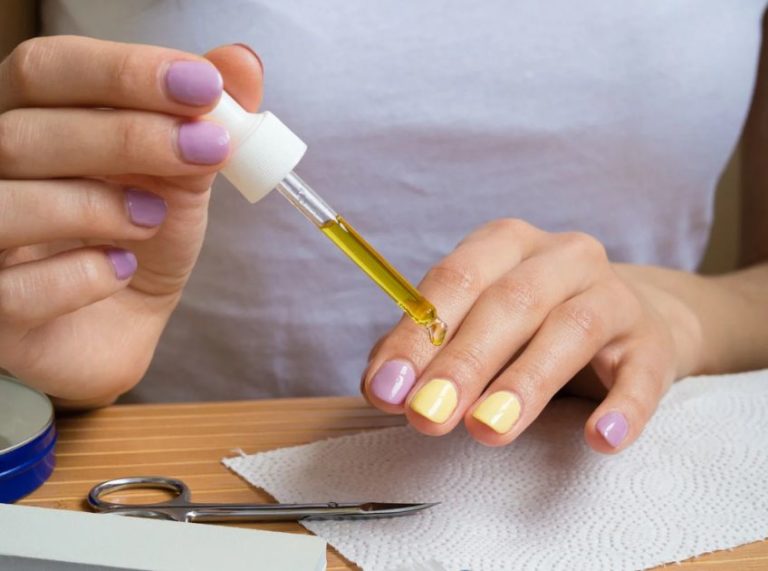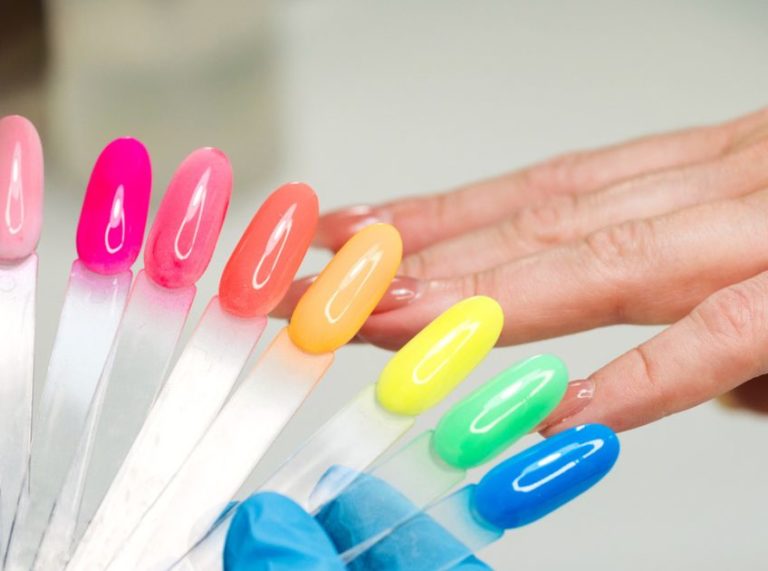
Important: This article is for informational purposes only. Please read our full disclaimer for more details.
If you’ve invested in a collection of nail polishes, you’ll want to keep them fresh and long-lasting. But improper storage can lead to thick, goopy, or even completely dried-out polish, especially with gel formulas. Whether you’re a DIY nail lover or a professional, how you store your polish matters more than you think.
In this expert guide, you’ll learn the best ways to store nail polish at home to extend its shelf life and avoid common mistakes that shorten its usability.
Why Proper Nail Polish Storage Matters
Nail polish—especially gel polish—is sensitive to light, heat, and air exposure. If not stored properly, it can:
- Thicken and become unusable
- Separate and refuse to mix evenly
- Harden inside the bottle
- Lose pigment or consistency
Most Polish waste comes from improper storage, not necessarily age. With the right storage habits, your bottles can last much longer.
Common Mistakes: How NOT to Store Nail Polish
Avoid these nail polish storage habits that do more harm than good:
- Storing near windows or direct sunlight: UV rays can cure gel polish in the bottle and cause separation in regular polish.
- Keeping polish in hot or humid areas like bathrooms: Heat can destabilize formulas, especially in summer.
- Lying bottles on their side: This may clog the neck and lead to sticky buildup around the cap.
- Leaving caps loosely closed: Air exposure causes polish to thicken and dry prematurely.
Debunking a Myth: Don’t Store Gel Polish in the Fridge
Many believe that refrigerating polish extends its life, but for gel formulas, this is a no-go.
- Temperature fluctuations cause condensation, which can change the polish texture.
- Cold thickens the polish, making application streaky and uneven.
- Moisture in the fridge can lead to early spoilage.
Instead, store your polish in a consistent, cool, room-temperature environment away from direct light.
The Right Way to Store Gel and Regular Polish
For optimal storage, follow these steps:
- Keep them upright: This prevents polish from settling in the cap and keeps the bottle clean.
- Store in a dark, dry place: A drawer, closet, or storage box away from light and humidity is ideal.
- Use a polish organizer or caddy: Keeps bottles secure, upright, and easy to access.
- Tightly seal bottles after every use: This minimizes oxygen exposure and maintains formula integrity.
- Wipe the neck before closing: Prevents buildup that can affect the seal and cause drying.
Best Ways to Organize Your Nail Polish Collection
A cluttered polish drawer can lead to spills, damaged caps, or broken bottles. Consider organizing your collection with:
- A tiered nail polish rack lets you see all shades at a glance.
- Clear acrylic drawers or boxes: Stackable and protective from dust and light.
- Color-coded sorting: Group by shade, brand, or formula for convenience.
- Label tops of bottles: Helps easily identify shades when stored upright.
Organized polish isn’t just visually pleasing—it also prevents product waste.
Does Nail Polish Expire?
Yes, all nail polish—including gel polish—has a shelf life.
- Regular polish lasts 18–24 months after opening.
- Gel polish lasts about 12–18 months, depending on storage and exposure.
Signs it’s expired
- Separation that doesn’t mix after shaking
- Odd smell or color change
- Thick, stringy consistency
- Polish won’t adhere or cure properly
Always check the PAO (Period After Opening) symbol on the bottle if available.
Can You Revive Dried-Out Polish?
If your polish is thick or partially dried, you may be able to save it:
- Use a nail polish thinner (not acetone): Just a few drops can restore flow without ruining the formula.
- Warm water trick: Place the closed bottle in warm (not hot) water for 5–10 minutes to loosen the polish.
- Shake or roll the bottle gently: Never shake vigorously—it causes bubbles. Rolling mixes polish more evenly.
If it’s completely dry or the formula has separated beyond repair, it’s time to toss it.
Do’s and Don’ts of Nail Polish Storage
| Do’s | Don’ts | |
|---|---|---|
| Store upright in a cool, dark place | Exposure to direct sunlight or heat | |
| Wipe bottle necks before closing | Leave bottles loosely sealed | |
| Use polish thinners to fix thick formulas | Use acetone or remover as a thinner | |
| Organize polish in drawers or caddies | Leave bottles scattered or unprotected | |
| Check for expiry or signs of spoilage | Keep using polish that smells or looks off. |
Frequently Asked Questions (FAQ’S)
1. Can I store nail polish in the bathroom?
A. It’s not recommended. The humidity and temperature changes can degrade the formula faster. Stick to a cool, dry place like a drawer or closet.
2. How do I know if my polish is too old to use?
A. If it’s thick, separated, or doesn’t blend after shaking, it’s likely expired. Also, a foul odor or poor application are warning signs.
3. Can sunlight ruin my gel polish?
A. Yes. UV exposure can prematurely cure gel polish inside the bottle, making it unusable. Always keep gel polish out of direct light.
Final Thoughts: Keep Your Polish Collection Fresh Longer
Proper nail polish storage isn’t complicated, but it does require consistency. By keeping your bottles upright, sealed tightly, away from light and heat, and checking for early signs of spoilage, you’ll preserve both gel and regular polish for months—or even years.
Your favorite shades deserve to last. With these smart storage tips, you’ll save money, reduce waste, and enjoy flawless nails any time you please.
